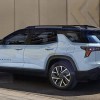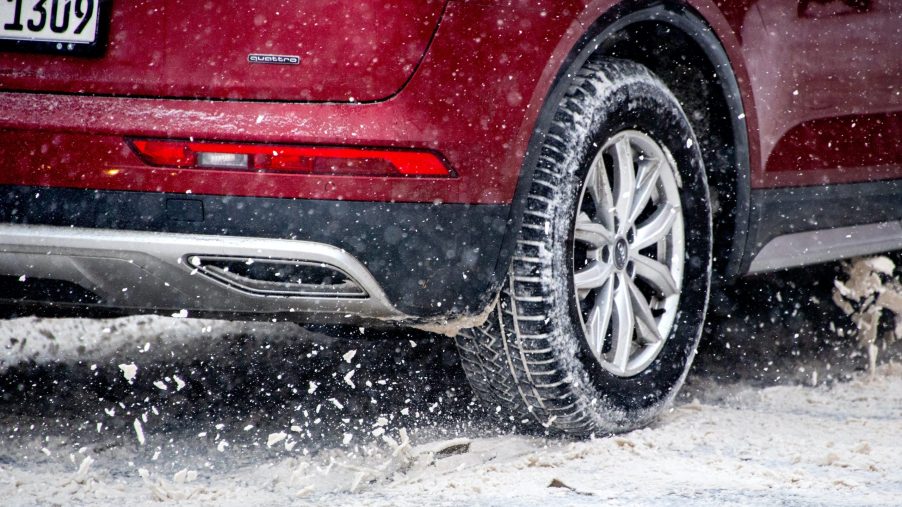
Here Are Some Tips for Driving an Electric Car In Cold Weather and Snow
The harsh winter conditions and lower temperatures have a great effect on an electric car’s efficiency. If you drive an electric vehicle (EV) and regularly charge it at home, then you may notice a 40-percent decrease in its driving range during the wintertime. However, if you follow these tips, then you may be able to squeeze some more miles out of your EV when the snow hits the ground.
Save your electric vehicle’s battery power by not using the heater
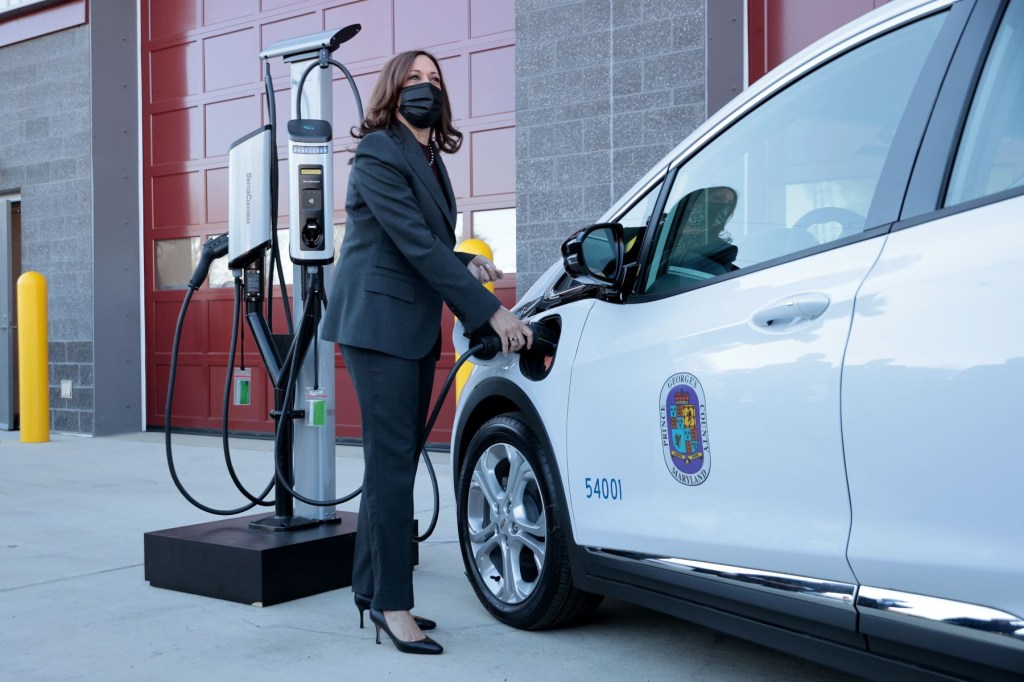
Using your electric vehicle’s HVAC system – like the heater and air conditioning – can quickly zap its overall battery life. To save some of the battery’s energy, try wearing warmer clothes when driving during the wintertime in order to use the heater less frequently. Utilizing hand warmers or drinking a warm drink can help too.
Precondition the car before driving
When your electric vehicle is plugged in, you can precondition it to warm up the battery before you set out to drive. EV Solutions notes that this feature can even warm up your car’s interior making it much more livable for your frigid commute. As an added plus, since the car is plugged in, you’ll save the battery’s power for driving. Many newer EVs like the Chevy Bolt can precondition the car remotely, so you can activate the feature from the comfort of your living room if needed.
Keep the battery warm
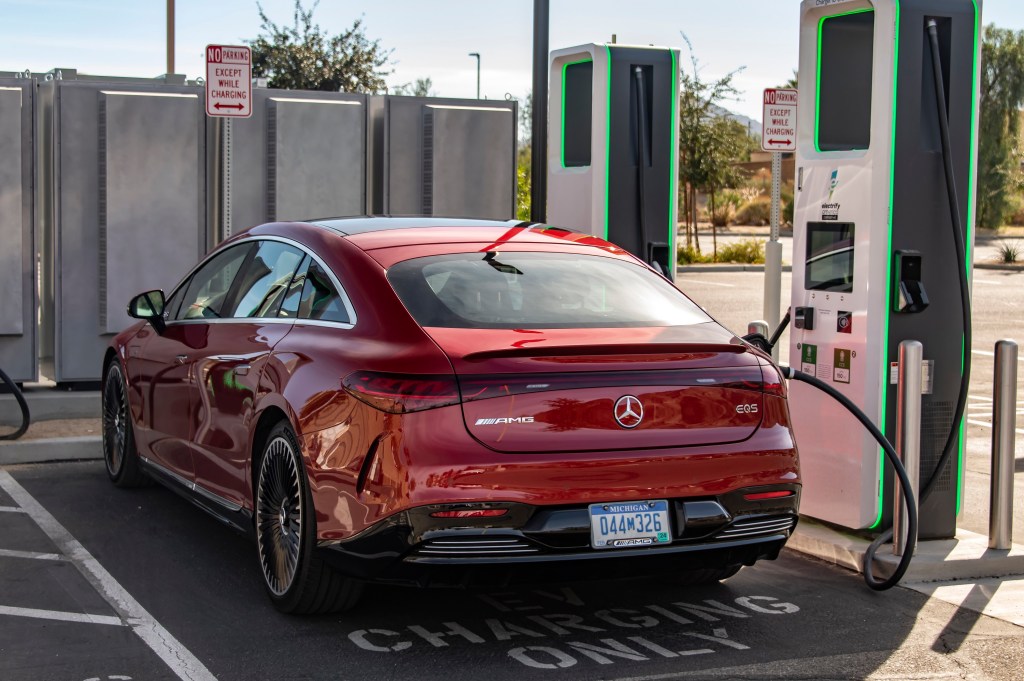
If you have the ability to plug your electric vehicle in at nighttime, then do so. According to Wired, it’s important for an EV to have at least 20% of its battery life during the wintertime since it takes longer for the battery to warm up. In that case, keep it charged as much as possible and brush off any snow on the car to keep it warmer. Of course, if you can park the car in a garage or a carport, then that would be ideal.
Don’t drive too fast
In addition to staying safer when the roads are icy and slippery, maintaining a slower speed when driving your EV can prolong the battery’s energy. Higher speeds make the car work harder, which will result in a significant decrease in range, even on short trips. Couple that fact with the cold temperatures that your car will face, and you can see why driving slower is a good idea.
Use winter tires
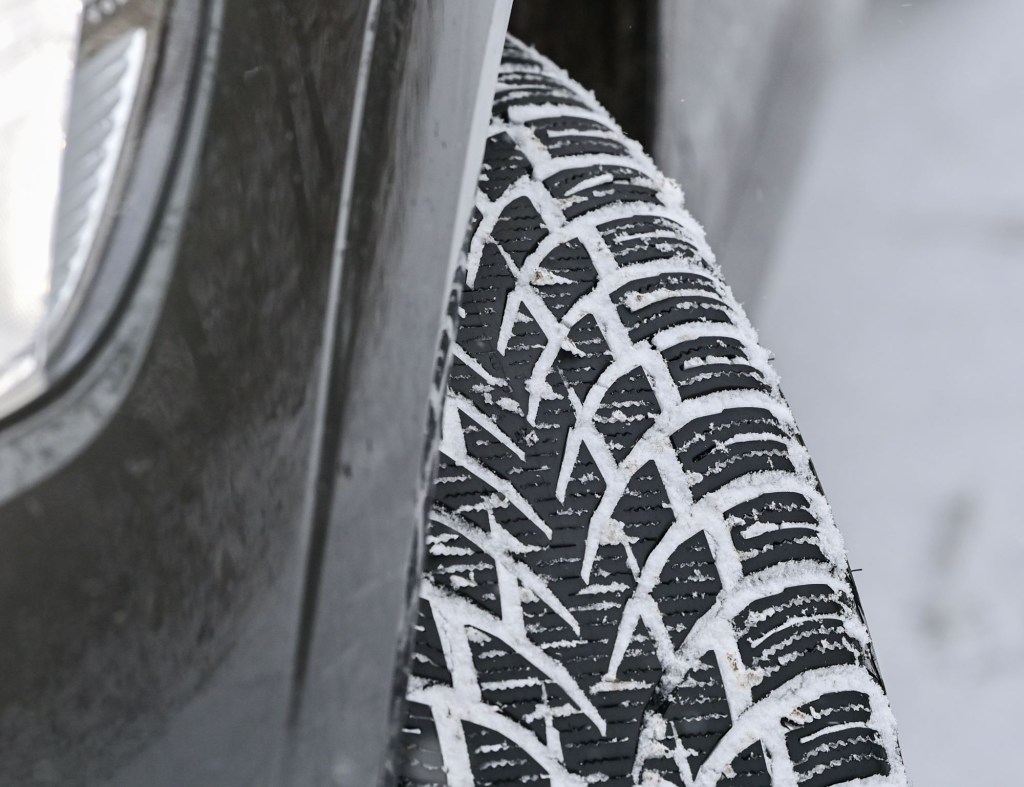
Most electric vehicles come equipped with low rolling resistance tires for efficiency. However, if you live in a snow state, then you may want to consider using winter tires when the snow starts falling. Not only will winter tires keep your car safe and on the road, but they can also help to maintain its battery range since it will have an easier time going over the slushy and snowy roads.
Wintertime can wreak havoc on your EV’s battery
While ice-cold temperatures can wreak havoc on your electric car’s battery life you can help it by following these guidelines. Of course, it can help if you’re able to plug the car in every night, but if you can’t, then conserve the car’s energy by bundling up and using the heater less. Otherwise, keep the car plugged in and as warm as possible and your EV should be able to get through the winter just fine.
